Stepping just outside my back door is a small wildflower verge, a strip of long grass and a tangle of wildflowers, underappreciated by the regular traffic of dogwalkers. This area is however a small but vital habitat for many species of plants and animals and should be valued and protected.
Plantains and grasses growing wild overlooking the harbour

During spring and summer, this grass bursts into life, growing quickly with the first rays of sunshine and blooming with wildflowers. Within weeks the uniform green grass becomes dotted with whites and yellows as the flower heads of daisies, dandelions, clover and buttercups emerge.
Daisies and dandelion flowers
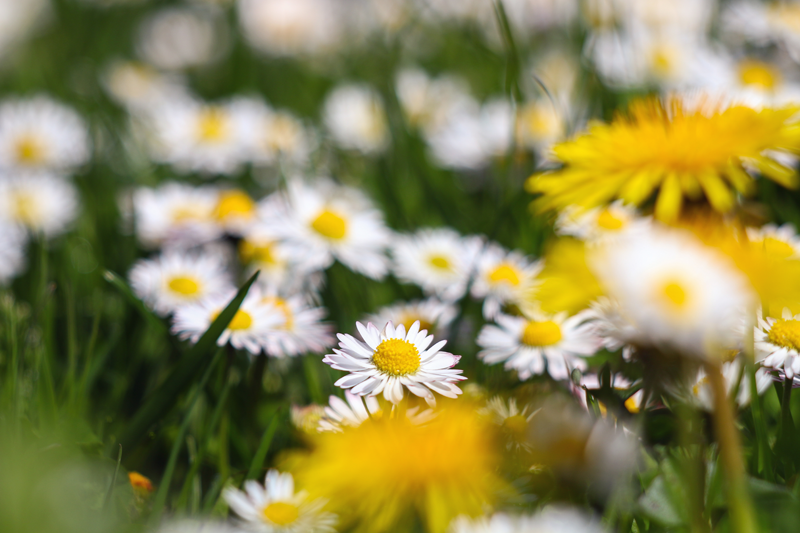
Buttercups

Buttercup up close

Dandelion ‘clock’ or seed head


Whilst some argue the area looks scruffy and should be brutally mowed down I think it is rather beautiful. Aesthetics aside these flowers undoubtedly provide a vital habitat and food source for many invertebrates, including various species of butterfly.
So far I have recorded five species here, the small white, common blue, small tortoiseshell, painted lady and most recently an orange tip.
Common blue on a red clover flower

Small tortoiseshell on a dandelion flower

On a warm day the verge hums with the buzzing of bees as they dart from flower to flower, feeding on nectar within and spreading pollen between plants as they go. A variety of species can be found here from tiny solitary bees to our more familiar bumblebee species.
A red mason bee among daisies

Leafcutter bee clinging to a buttercup
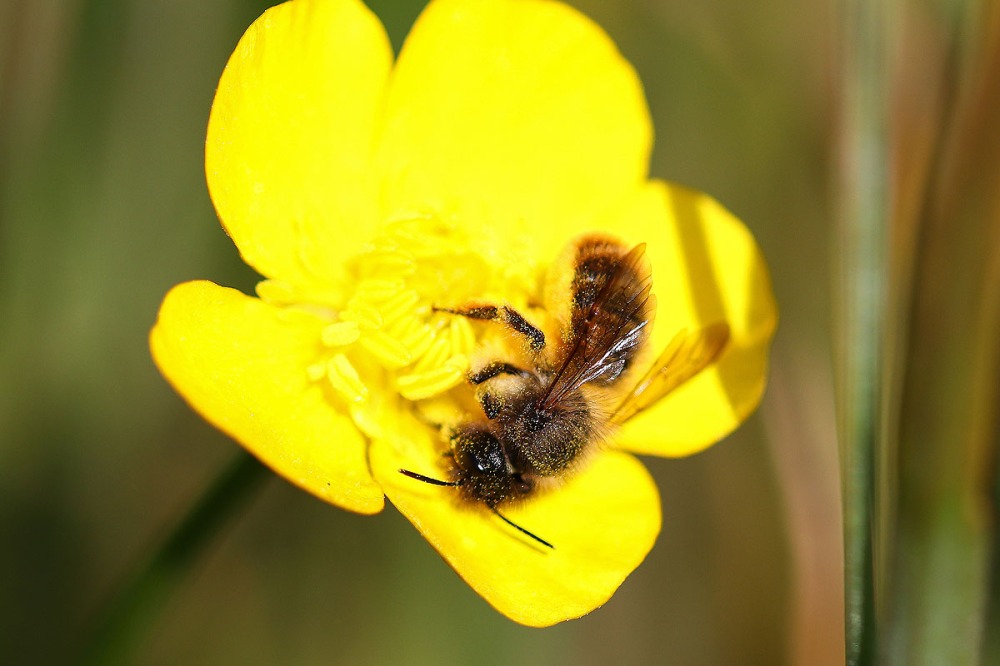
White-tailed bumblebee feeding on clover

Buff-tailed bumblebee with bulging pollen baskets on her rear legs
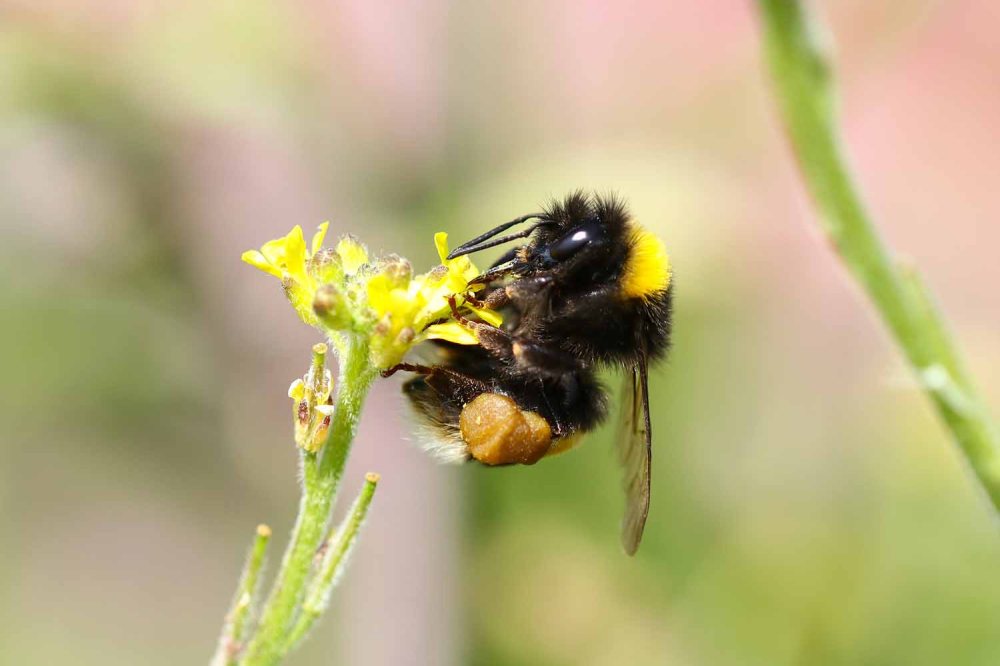
Honeybee

A tiny solitary bee covered with pollen. Possibly a small scissor bee?

Ladybirds too make a home among the grass and wildflowers, and appear to be thriving this year. All of the photos in this post were taken in this very same habitat. (Sadly before the arrival of my fantastic macro lens!)
Ladybird on a daisy

Numerous other species also rely on this wildflower patch including numerous species of flies & beetles, earthworms, wasps and spiders.
A tiny beetle on a blade of grass
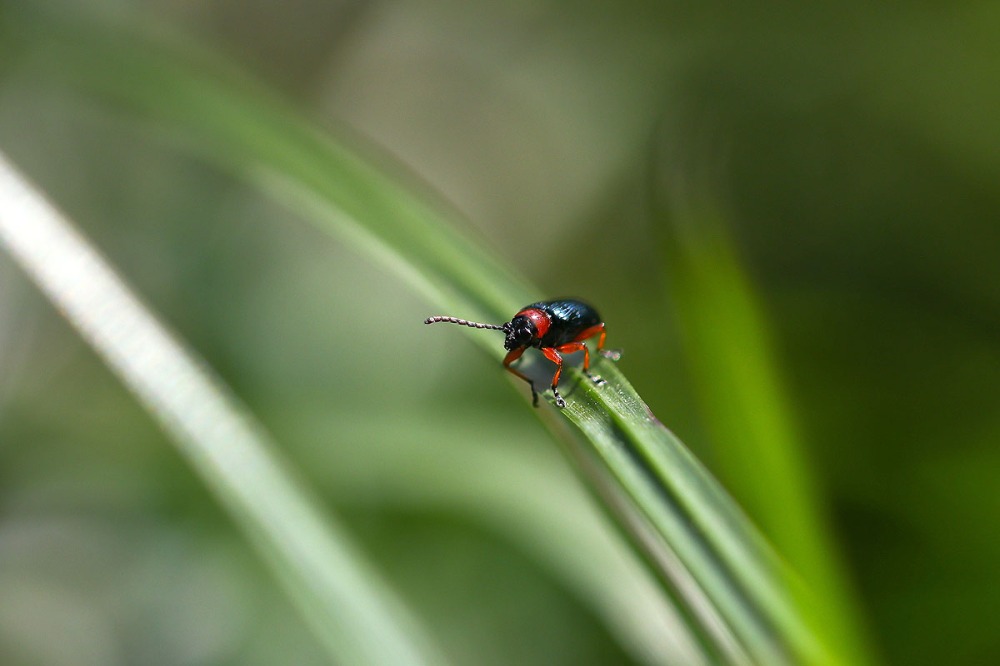
A fly cleaning pollen from it’s legs


It’s not just small invertebrates which benefit here. Birds too also rely on the verge as a source of food, whether it be feeding on these insects or the seeds from the flowers themselves. As an added bonus the flowers also provide a beautiful backdrop on which to photograph the various species.
The jackdaw looks particularly striking against the bright white daisies and this may be one of my favourite photos!
Jackdaw foraging among the flowers

A starling, it’s head shining with green and purple iridescence

Feral pigeons

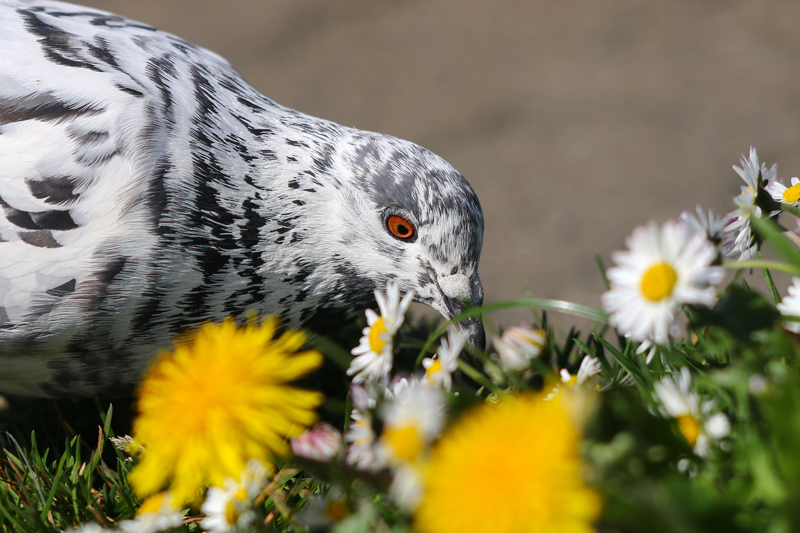

I can never resist getting a few photos of my pets among the flowers too!
Cali our fluffball

Kaiya the mongrel, always happy to be bribed into posing

Sadly it is only a matter of time before this habitat is gone, it won’t be long now before the council come and obliterate the flowers with one sweep of their strimmers. Where then will all the insects which rely on this habitat go?
If, like me you are keen to protect your own wildflower verges please visit https://plantlife.love-wildflowers.org.uk/roadvergecampaign/#campaign and send an open letter to your local council.
If you have a lawn or field with wildflowers, put away the mower and join the #NoMowMay campaign, allowing your little patch to grow wild and thrive!
#NoMowMay #everyflowercounts #savethebees
**An update
Sadly not too long after the inevitable happened and the grass was cut. Now nothing remains but a bare grassy slope and severed flower stems. Whilst the grass and many of the flowers are resilient and will grow back soon enough it will likely take much longer for the bees and butterflies to return…

—
All photographs copyright of Claire Stott/Grey Feather Photography ©
http://www.greyfeatherphotography.com
If you like what you see, you can follow me on Facebook or Instagram (@greyfeatherphotography) to see my latest photographs. Hit the little ‘follow’ button on the bottom to subscribe to my blog. Thanks for reading! 🙂
What a lovely post. I completely agree about the importance of leaving parts of the garden to host wild flowers. After seeing your photos surely no-one could argue with that!
LikeLike
I wish that were the case. I was very angry and saddened to see the council come and obliterate most of it yesterday! I am going to write to them about the importance of leaving some areas wild
LikeLiked by 1 person
That is really upsetting. I hope someone at the council is open to what you say. Perhaps some of your photos might make clear aspects of your argument.
LikeLike